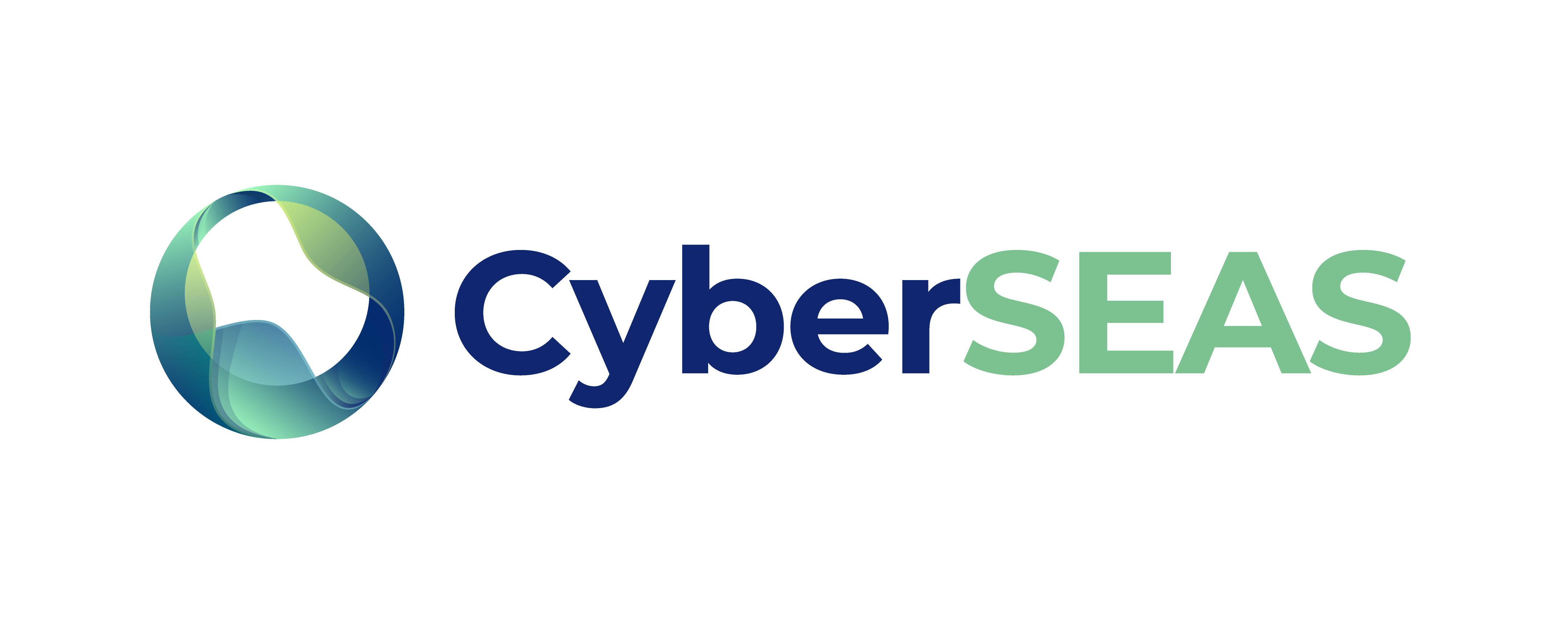Author: – Elektrilevi –
As our reliance on interconnected energy systems grows, so does the need for comprehensive security measures. The industry has identified several best practices to mitigate potential threats to these critical systems. From implementing strong access controls and network segmentation to avoiding direct internet connections, these strategies form the foundation of a secure energy infrastructure. Among these, EPES Lifecycle Management presents a holistic approach to security, encompassing every phase from design to retirement. Our latest article delves into these essential practices and the role they play in shaping a resilient energy sector. Curious to learn more?
As we continue to propel forward in the digital era, the security of our Electrical Power and Energy Systems (EPES) has become a vital concern. The devices connected to Supervisory Control and Data Acquisition (SCADA) systems, interfaces transmitting data from field devices to SCADA, and Industrial Control Systems and Intelligent Electronic Devices (IEDs) form the backbone of our power distribution grid.
Given the critical role these systems play in our day-to-day life, ensuring their security is paramount. Misuse or compromise of these systems could lead to significant financial implications and loss of power for consumers, impacting the well-being of various social groups.
To mitigate these risks, the industry has agreed upon several best practices, some of are highlighted here:
- Implement Strong Access Controls: Limit access to critical systems by employing the least privilege and need-to-know principles. Consider multi-factor authentication (MFA) for an additional layer of security.
- Network Segmentation: Dividing the network into separate segments can limit the spread of potential threats and facilitate issue resolution when problems arise.
- Avoid Connection to the Internet: Ideally, EPES should not be directly connected to the Internet, as this could expose numerous potential points of vulnerability to cybercriminals.
While these are already widely accepted, there are other practices on the horizon that show promise for the future. One such practice is the implementation of EPES Lifecycle Management.
Lifecycle management takes a holistic view of an EPES, from conception, design, deployment, maintenance, and finally, to retirement. Each stage is managed with cybersecurity considerations, ensuring that security is not an afterthought but an integral part of the system’s lifecycle. Key aspects of lifecycle management include:
- Design Phase: Incorporate security-by-design principles, considering potential security risks and countermeasures from the outset of the system’s design.
- Development and Testing: Conduct vulnerability assessments and penetration testing throughout the development phase. Address any security flaws identified promptly before the system goes live.
- Deployment: Follow secure deployment practices, including robust access controls, secure configuration settings, and ensuring the deployment environment is secure.
- Maintenance: Regularly update and patch the system, continuously monitor for potential security incidents, and regularly review and update system configurations and access controls.
- Retirement: Decommission systems securely, including securely erasing any sensitive data and ensuring the decommissioned system no longer poses a security risk.
By implementing effective lifecycle management, organizations can integrate cybersecurity at every stage of an EPES’s life, thereby reducing potential vulnerabilities and enhancing the overall security of the system.
While there are many other practices used throughout the industry, starting with these core strategies will significantly strengthen your EPES security posture. At CyberSEAS, our goal is to promote awareness and advocate for these best practices to secure our future.


